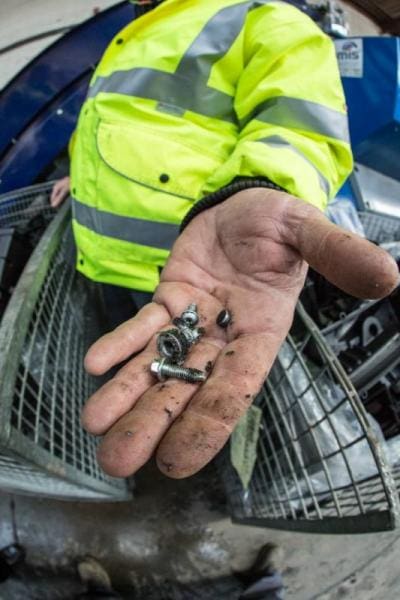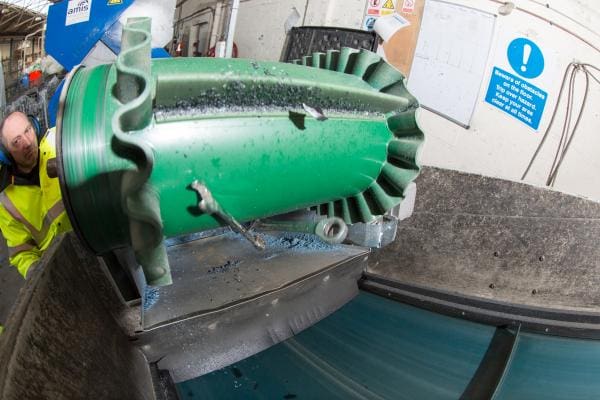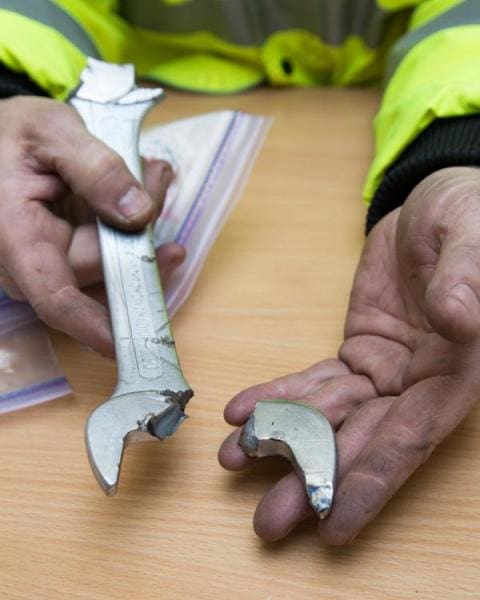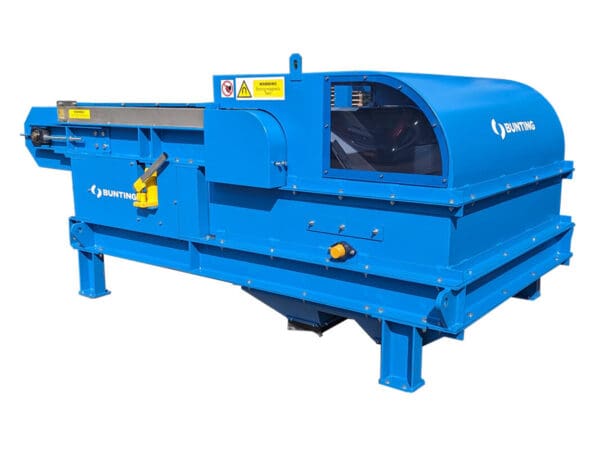
Bunting Tackles Metal Contamination in Plastics Recycling
As the global focus on managing plastic waste continues to intensify, Bunting explores the challenges processors face when dealing with plastic waste and the importance of installing separation equipment to avoid material contamination.
The global focus on managing plastic waste continues to intensify with an emphasis on improving collection to ensure plastic waste does not enter the ecosystem. Once collected, the next issue is dealing with that plastic waste by either re-introducing it into the plastics process as a raw material or using it in another product such as innovative plastic roads. However, metal and other contaminants present in plastic waste hinder the conversion into a useful material.
Bunting is one of the world’s leading designers and manufacturers of magnetic separators for the plastics, recycling and waste industries. The Bunting European manufacturing facilities are in Redditch, just outside Birmingham, and Berkhamsted, both in the United Kingdom.
Technology has advanced, but the core problems remain. Complex recycling plants can now separate different types of plastic by colour and type, but the process is not perfect. To complicate the problem further, other non-related materials, such as metal and even building materials (e.g., concrete and bricks), contaminate the vast majority of waste plastic packaging.
Contaminated Pre-Sorted Waste
Most secondary plastic packaging enters the recycling process as pre-sorted household waste. The specification of the waste materials mix in a single recycling bag depends on the recycling strategy of the local council and varies considerably across the UK and Europe.

On arrival at a Materials Recycling Facility (MRF), the collected waste is separated into metal, plastic, cardboard, and any other materials defined within the local strategy. Separation occurs using either technology or, more commonly, a combination of separation equipment and human pickers. This is a dirty, difficult, and unpopular environment in which to work.
Successful separation of the materials is compromised by the presence of other waste. Often, such materials were incorrectly added to recycling bags at the household or during collection and include used nappies, food waste, paint tins, and other problematic materials.
At the MRF, magnetic separators (e.g., Overband Magnets and Eddy Current Separators) recover metal packaging (e.g., steel and aluminium beverage and food cans). Other materials are manually handpicked and stored separately. The mix of plastic packaging passes onto a specialist UK plastic recycling plant or overseas, although recent restrictions in exporting waste have reduced the number of countries willing to receive and handle the plastic waste.
Plastics Recycling Operations
A typical plastic recycling operation needs a complex system of separation equipment. The plant also needs to be able to adapt to huge variations in the nature of the delivered waste plastic. There are also strict environmental regulations on storing and handling waste plastic. Such plants are expensive to install and operate.

Early in the process, magnetic separators and Eddy Current Separators remove ferrous and non-ferrous metal contamination. Magnetic separators such as Overband Magnets and Pulley Magnets remove tramp ferrous metal to protect the primary shredder from damage.
At this early stage in the process, the type of ferrous metal contamination found in the plastic is diverse and often surprising. It can include metal packaging miss-sorted at the MRF, hidden heavy lumps of iron that increase the weight of the plastic bale, and metal picked up during transportation. There have even been reports of car engine blocks. Reasonably sized items of cast iron entering the shredder will cause significant and costly damage and result in the plant closure until a repair is possible.
The primary shredder reduces the size of the waste plastic and liberates entrapped contaminants. Shredded waste plastic feeds onto another magnetic separator, commonly a Drum Magnet or Pulley Magnet, for the removal of smaller ferrous metals.

The type of ferrous metal separated at this stage includes steel spanners, nuts, bolts, screws, fine metal wires, springs, iron shards, fine ferrous dust, and chunks of stainless steel. Most of the ferrous metal was not part of the original plastic packaging and has been introduced between disposal and processing.
The cleansed plastic waste then passes over an Eddy Current Separator to remove non-ferrous metals. Commonly separated metals include aluminium beverage cans, foils, tubes, and even window frames.
After the removal of the metal contamination, the plastic waste moves to the next stage in the plant. This could include further separation of contamination or sorting by colour or plastic type.
Future Challenges
The high level of metal contamination highlights the challenges facing waste plastic processors. The people setting recycling targets, including the UK Government and the European Union, need to consider the practicalities and difficulties faced when processing waste plastic packaging.
For further information, visit www.bunting-redditch.com or use the contact details below to get in touch with the Bunting-Redditch team.
![]()
Bunting
+44 (0) 1527 65858
Website
Email





